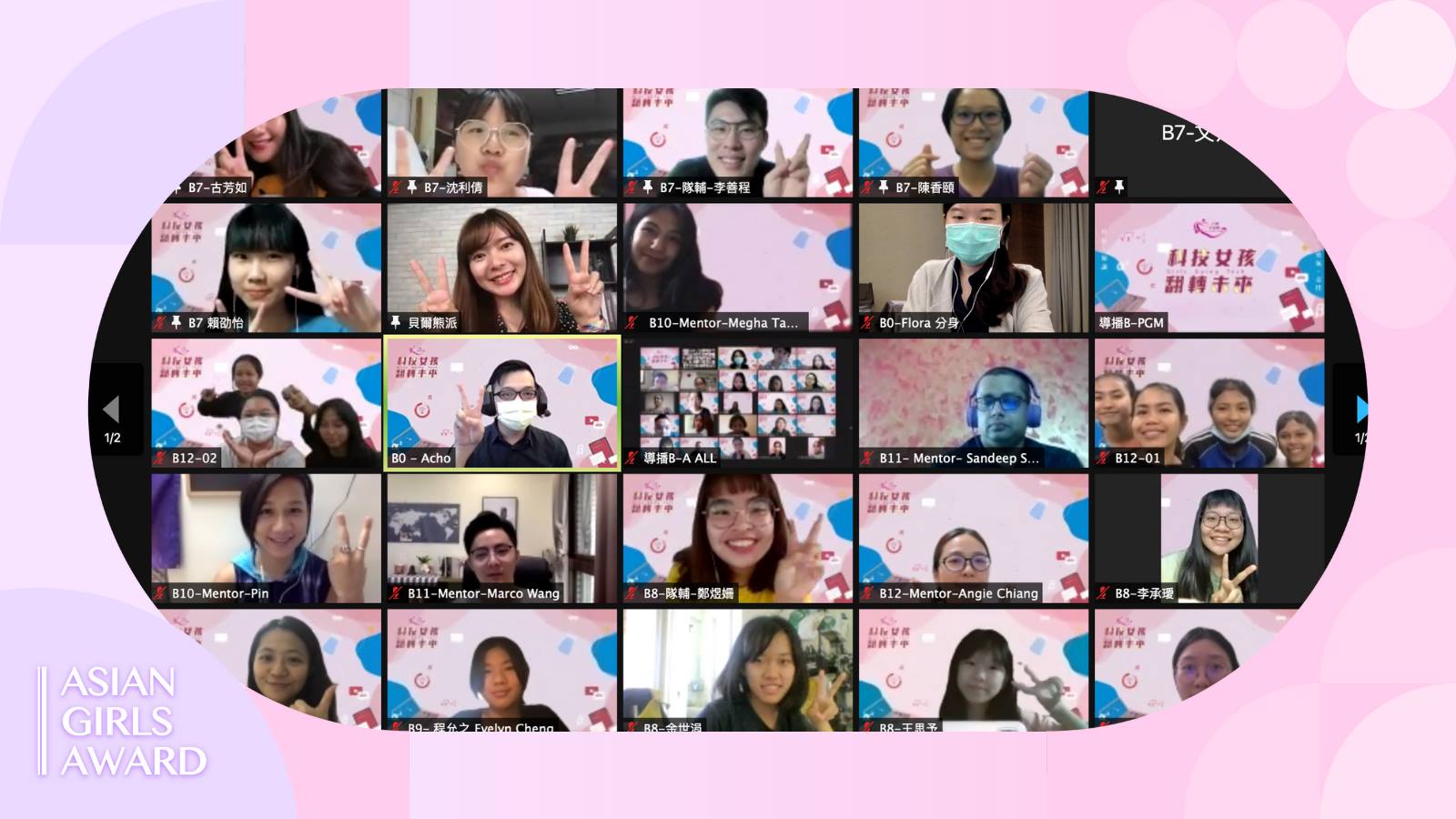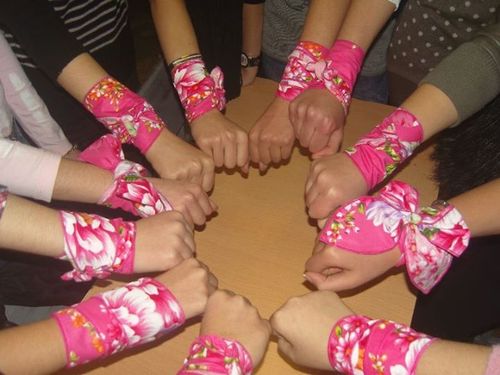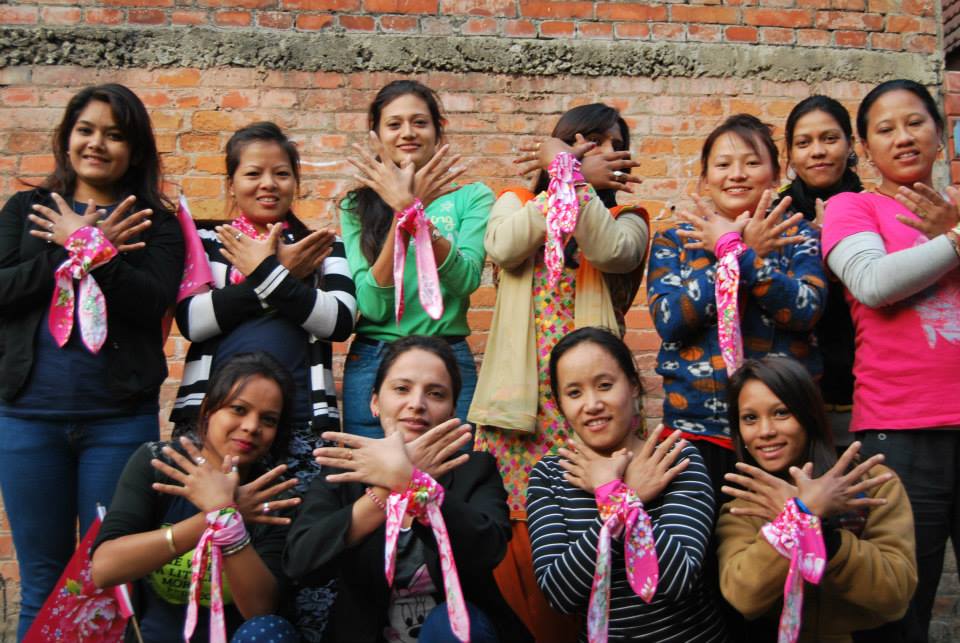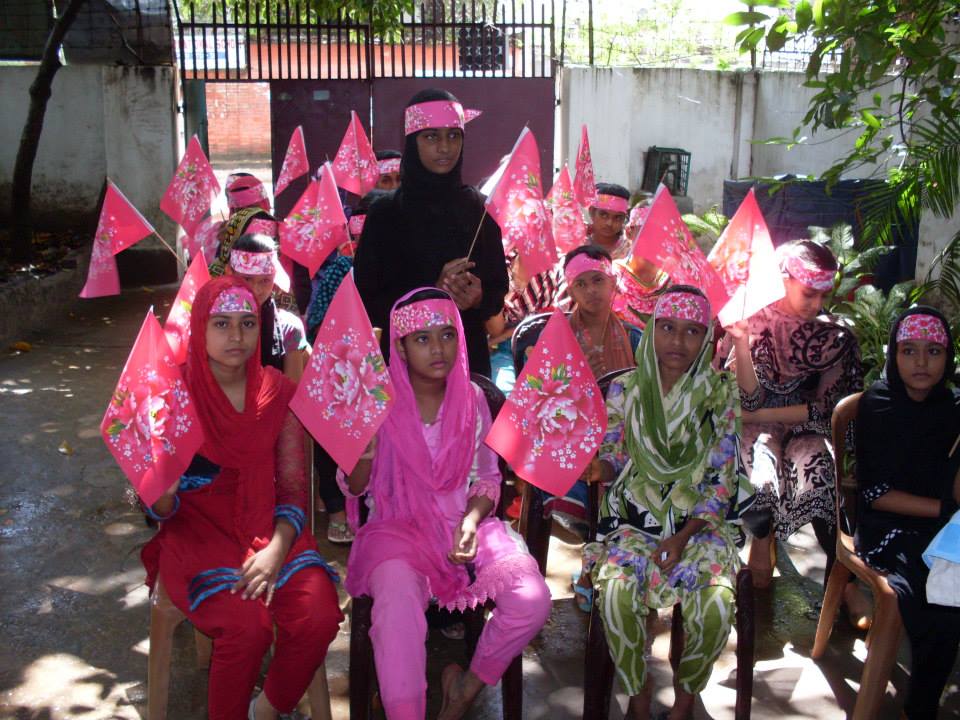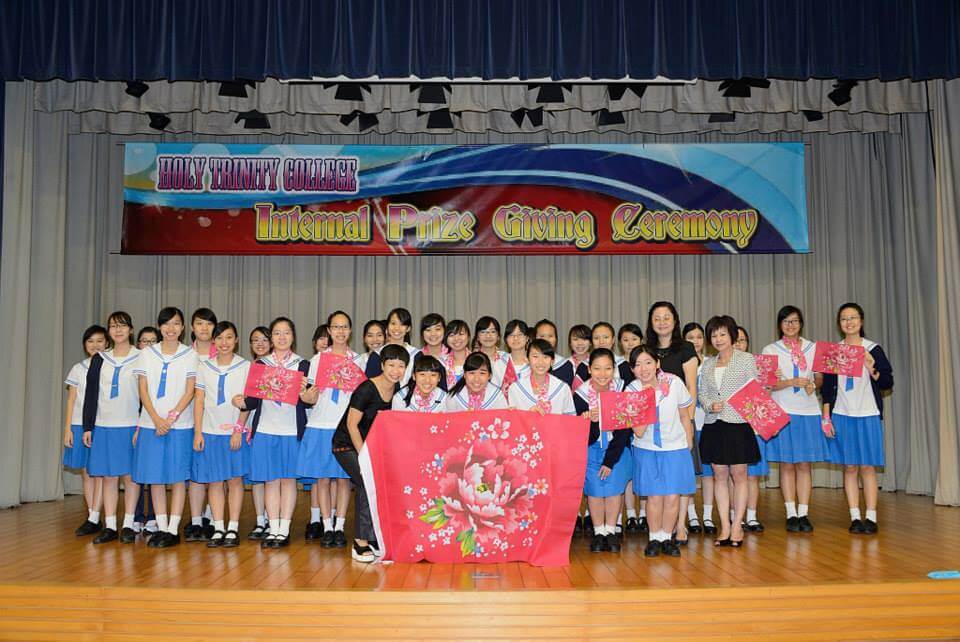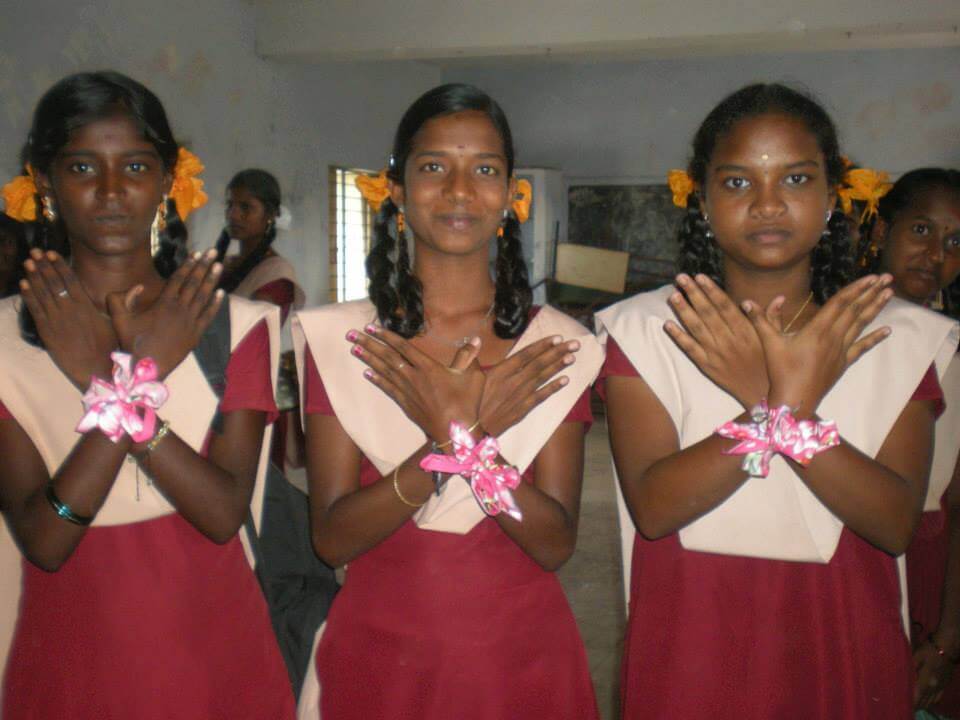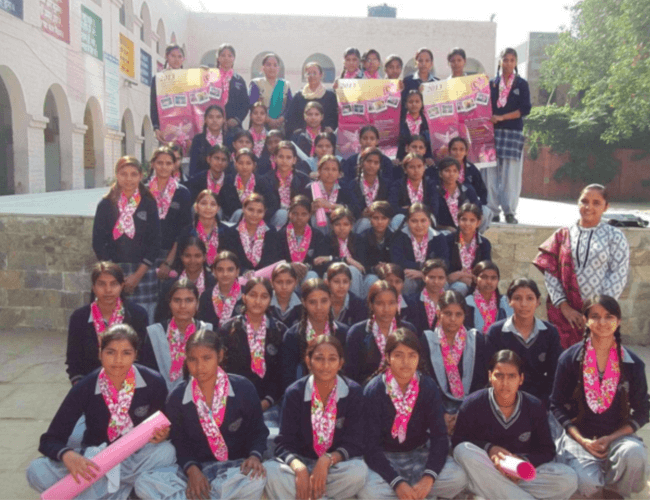
Since 2012, the Asian Girls Campaign (AGC) has been empowering and supporting girls from across Asia. It is a regional movement to promote the UN International Day of the Girl Child all around Asia. We invite partners to celebrate our achievements in bringing solutions to problems faced by girls. We believe that if you empower girls, you empower the world, and if you invest in girls, you invest in the future!
Join us to raise awareness on issues Asian girls may encounter and help us empower and invest in them.

Girls’ Education

Menstruation

Human Trafficking
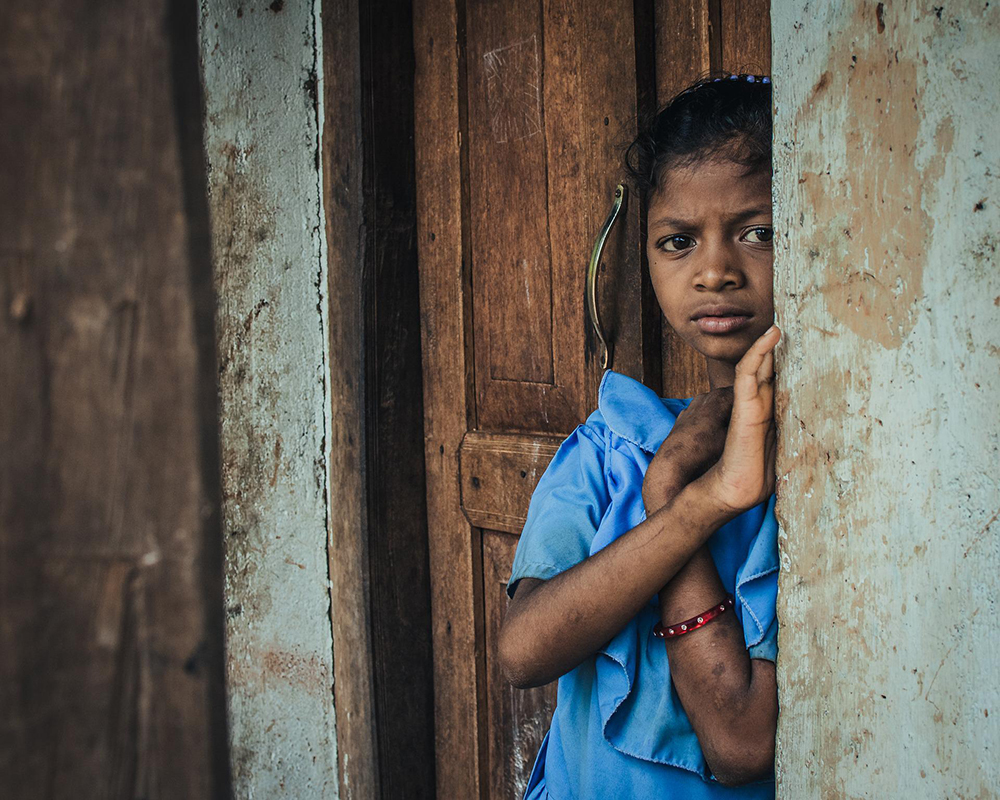
Bodily autonomy

Health right

Gender stereotypes and body image

Girls’ Education

Menstruation

Human Trafficking

Bodily autonomy

Health right

Gender stereotypes and body image

Girls’ Education

Menstruation

Human Trafficking

Bodily autonomy

Health right

Gender stereotypes and body image
Girls’ Education
According to UNICEF, close to 130 million girls are out of school, and Asia accounts for over half of that number. Besides schooling, the word “education” also refers to access to acquiring competitive skills and a safe environment where lifelong learning is encouraged. Unfortunately, barriers to girls’ education persist. Poverty, preference for boys, child marriage, and gender-based violence, to name a few, take varying forms in different communities and cultures.
Our partner, Jagriti Child and Youth Concern Nepal, has been training girls to become peer educators through their Girls Empowerment Program. These aspiring young female leaders set an example for women and girls in their communities to challenge stereotypes. They have been preventing child marriages; encouraging girls to go to school; raising awareness on menstrual health; inspiring girls to participate in kickboxing, football, and other sports; and emboldening girls to speak up to authorities for their peers in their neighborhoods, schools, and communities.
Menstruation
Universal menstrual health is a basic human right that the menstruating population is unfortunately still having to fight for. The UN has warned that taboos around menstrual health have disempowered women globally. For example, an opaque bag is given to shoppers of sanitary products in Japan to “prevent embarrassment;” women are exiled from the home during menstruation in certain rural areas of Nepal; and women are perceived as unclean and forbidden to perform their daily duties, such as cooking and visiting temples, during menstruation in parts of South Asia.
Dipisha Bhujel, our 9th Asian Girls Social Innovation Award recipient, is currently developing a social entrepreneurial solution to developing and producing biodegradable Nepali-sourced banana-fiber menstrual pads. During her fieldwork of gathering data on women’s menstrual experiences from various ethnic groups in rural and urban Nepal, she has come to see the need for systematic change, from clean toilets with running water to empowering girls and women to speak freely about menstruation without discrimination.
Human Trafficking
Human trafficking in Asia can take various forms, and girls are particularly vulnerable due to social, political, financial, and cultural factors. According to the International Labor Organization, a quarter of all human trafficking victims are children, while women and girls account for 55% and are most at risk of sexual exploitation.
Our partner, the SALT Academy in Cambodia, works with youths living below the international poverty line who are prone to human trafficking by becoming wage workers, migrant workers, or married before completing their education. The SALT Academy integrates a football program with life skills workshops, vocational training, and community engagements, where children’s right to play is promoted alongside gradual grassroots change in Cambodian society.
Bodily autonomy
Among the biggest issues faced by girls in Asia is the denial of bodily autonomy, through practices such as forced child marriage, female genital mutilation, and even sex work.
South Asia has the highest rate of child marriage in the world, with about half of young women aged 20 to 24 marrying before they turn 18. Bangladesh leads at 52%, closely followed by India (47%) [CZ1] and Nepal (37%). Child marriage affects girls’ school attendance and limits opportunities to develop work skills, because married girls are widely subject to the will of their husbands’ families, whether mentally, physically or financially. Even more seriously, child marriage puts extreme burden on girls’ minds and bodies by compelling them to become mothers while their bodies are still developing; early childbirth has higher maternal mortality rates. Due to lack of proper care, neonatal mortality is also relatively high (UNICEF, 2017).
Female genital mutilation (FGM) is also a serious violation of the human rights of girls. This tradition has no health benefits and can instead cause severe bleeding, urination difficulties, cysts, and genital infection. It raises the likelihood of childbirth complications later, increasing neonatal mortality (WHO, 2020). In Indonesia, more than half of girls under the age of 12 have undergone FGM, with three-quarters of them having the procedure before the age of six months, without any consent (UN ESCAP, 2018).
In addition, there have been cases of girls forced into sex work due to poverty. In some communities in India, sex work is almost a hereditary profession for girls from lower-caste families. Unable to attend school, these girls start receiving clients at the onset of puberty, with the men in the family soliciting customers for their daughters or sisters. Reliance on underaged sex work for income has become entrenched in some families, making it extremely challenging to stop the ‘tradition’. These girls can become victims of human trafficking with no way to break the cycle their entire lives. Children from these communities face discrimination at school, increasing their rates of school dropouts (Udaan Women’s Empowerment Welfare Society, India).
Health right
Girls’ right to health and bodily autonomy are closely interlinked, yet commonly overlooked. For example, many girls in Asia experience sexual violence, which can lead to unwanted pregnancies, unsafe abortions, and sexually transmitted diseases such as AIDS. Research has shown that girls who have been sexually assaulted are less likely to use condoms or engage in other safe sex practices (UN ESCAP, 2018).
In addition, pregnancy complications are the leading cause of death for girls aged 15-19. The teenage pregnancy rate is rising in the Asia-Pacific region, the only region in the world where it is still doing so.
Patriarchal traditions can lead to discrimination against girls’ right to health. Poor households are more likely to sacrifice the health of girls first. More than 50 percent of girls in South Asia suffer from malnutrition and anaemia. In India, 45% of girls are underweight and 56% are anemic, and these are more severe in rural areas (Aguayo, 2017).
Gender stereotypes and body image
In rich countries, girls continue to experience many gender-based pressures. In Japan, about 30% of young women aged 13 to 29 have eating disorders (compared to the national average of 3.6%), caused by none other than body image pressures on social media. South Korea and Taiwan have the same problem: in South Korea, one in four women under the age of 30 have eating disorder symptoms, while in Taiwan, about 17% of high school students have eating disorders. This research notes a correlation between student social media use and eating disorder symptoms, likely due to body image pressures in the media (Sukamto, 2019).
Empowering girls to stand up for girls

Asian Girls in Action Project
The aim of the Asian Girls in Action Project is to help girls (aged 15-19) to develop and deliver projects aligned with at least one of the United Nations 17 Sustainable Development Goals. Enterprising girls, determined to deliver real change, are invited to apply to this program.

Commission on the Status of Women
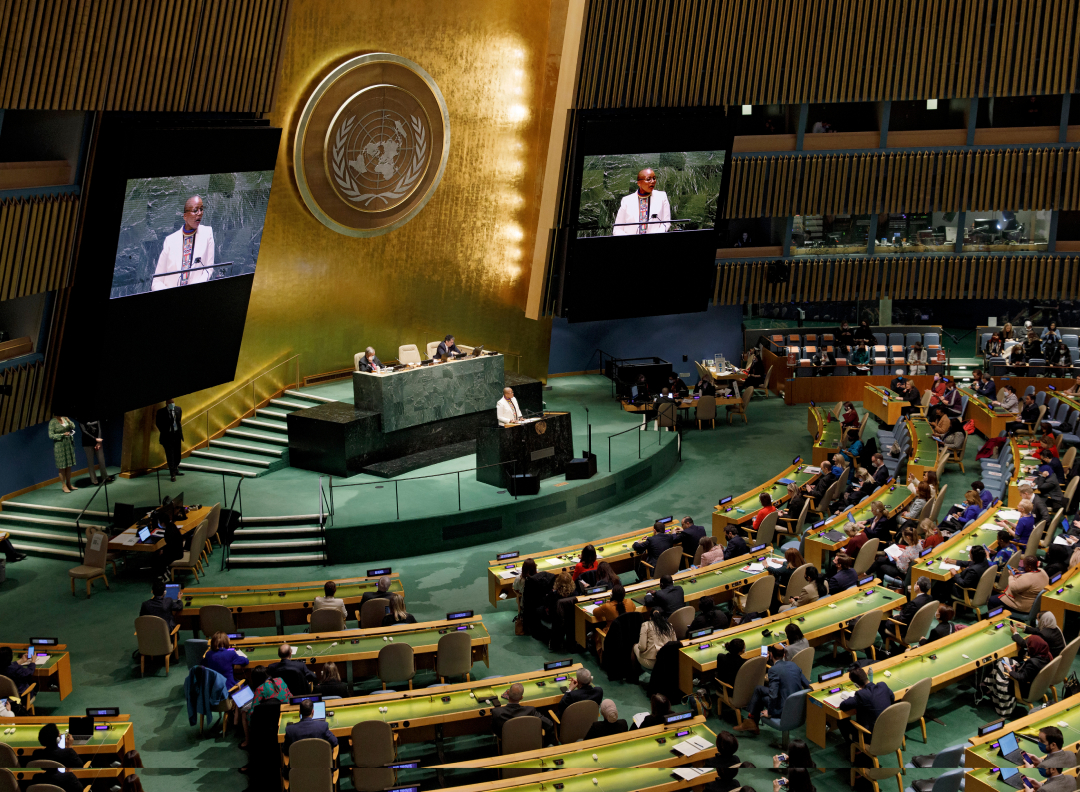
Decade Retrospective
Girls’ Corner
More
Our Partners

Bangeladeshi
Volunteer for Bangladesh

India
Shohratgarh Environmental Society (SES)

Vietnam
HAGAR Vietnam
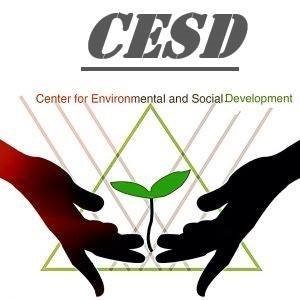
Syria
Center for Environmental and Social Development (CESD)

Mongolia
Princess Center
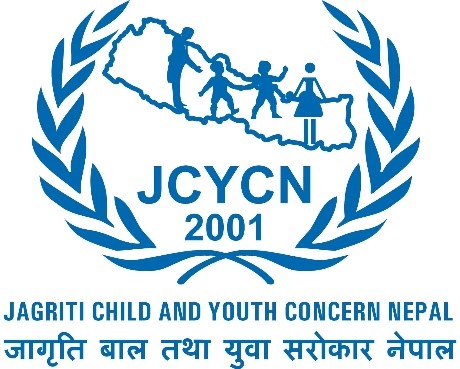
Nepal
Jagriti Child and Youth Concern Nepal (JCYCN)

Nepal
Samrakshak Samuha Nepal (SASANE)

Vietnam
Tajikistan National NGO Association (TNNGOA)
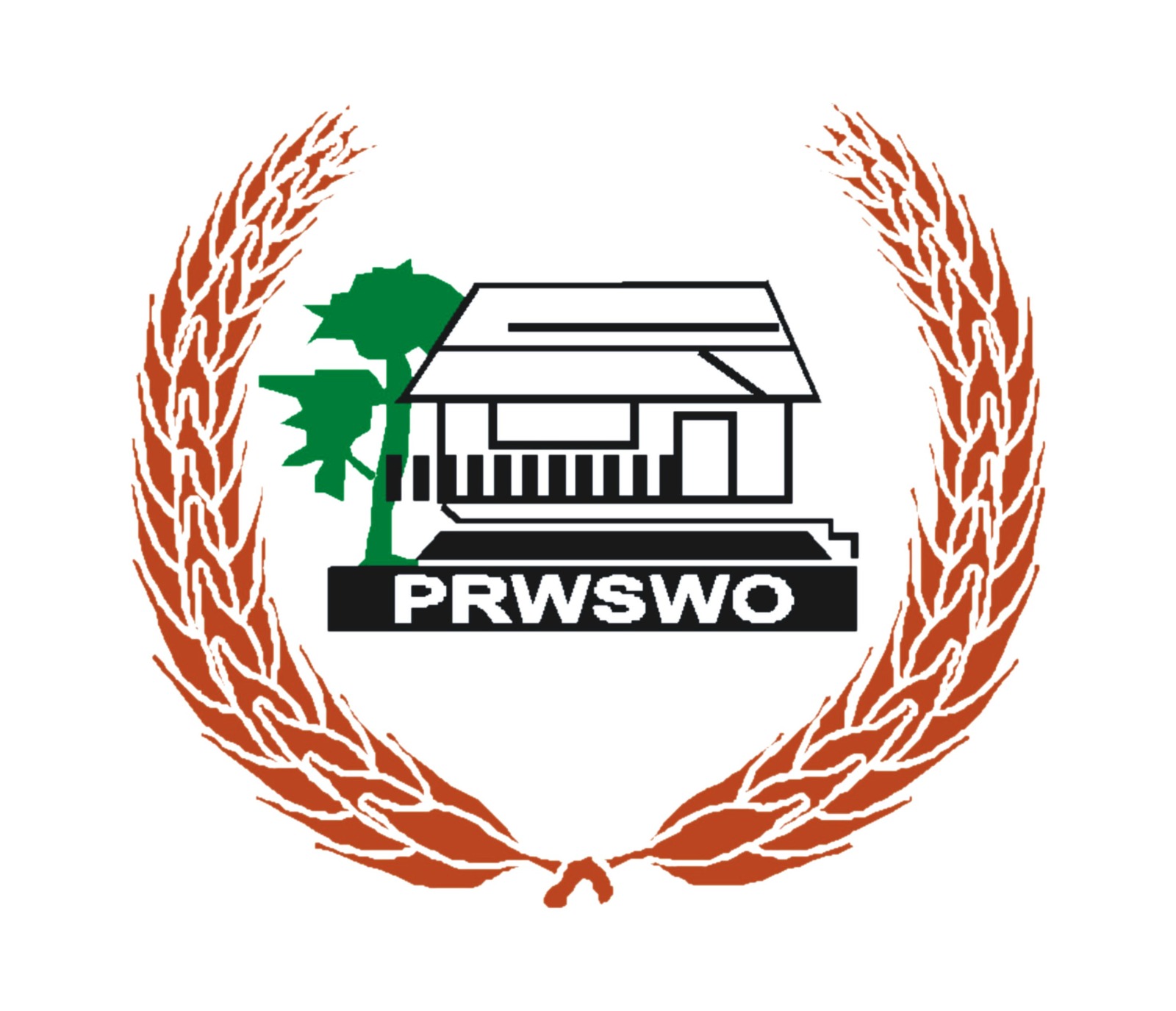
Pakistan
Pakistan Rural Workers Social Welfare Organization

Bhutan
Asian University for Women

Bangeladeshi
Volunteer for Bangladesh

India
Shohratgarh Environmental Society (SES)

Vietnam
HAGAR Vietnam

Syria
Center for Environmental and Social Development (CESD)

Mongolia
Princess Center

Nepal
Jagriti Child and Youth Concern Nepal (JCYCN)

Nepal
Samrakshak Samuha Nepal (SASANE)

Vietnam
Tajikistan National NGO Association (TNNGOA)

Pakistan
Pakistan Rural Workers Social Welfare Organization

Bhutan
Asian University for Women

Bangeladeshi
Volunteer for Bangladesh

India
Shohratgarh Environmental Society (SES)

Vietnam
HAGAR Vietnam

Syria
Center for Environmental and Social Development (CESD)

Mongolia
Princess Center

Nepal
Jagriti Child and Youth Concern Nepal (JCYCN)

Nepal
Samrakshak Samuha Nepal (SASANE)

Vietnam
Tajikistan National NGO Association (TNNGOA)

Pakistan
Pakistan Rural Workers Social Welfare Organization

Bhutan
Asian University for Women
Share

